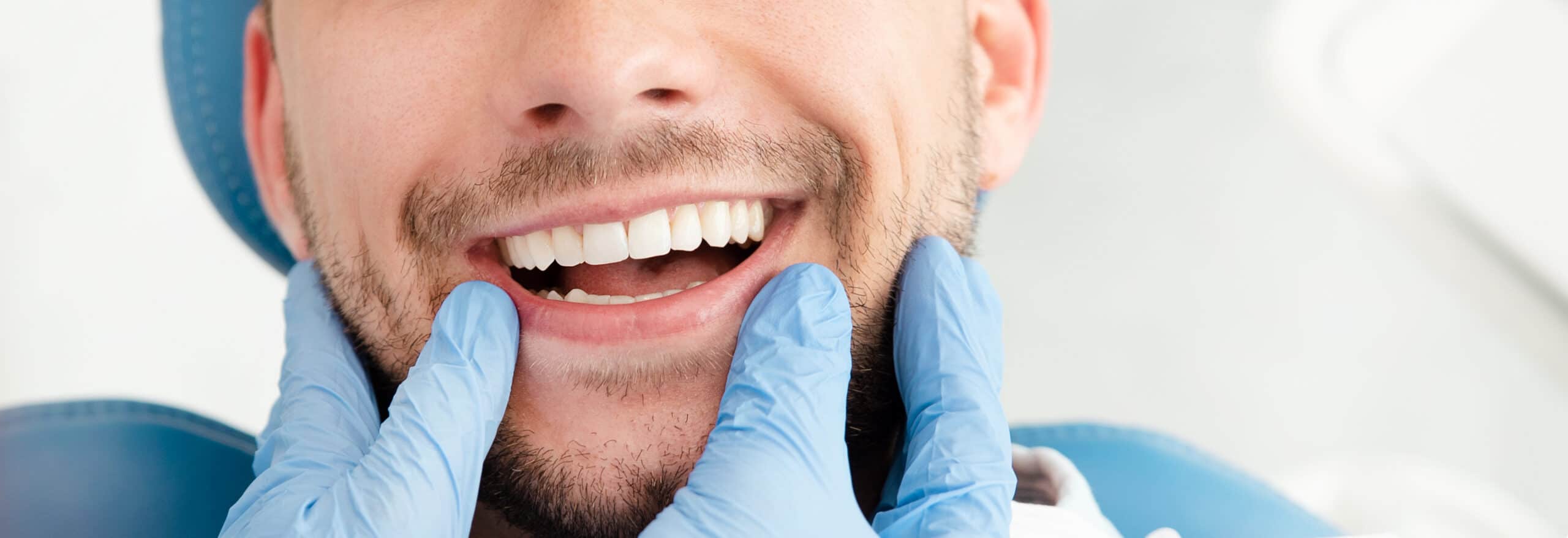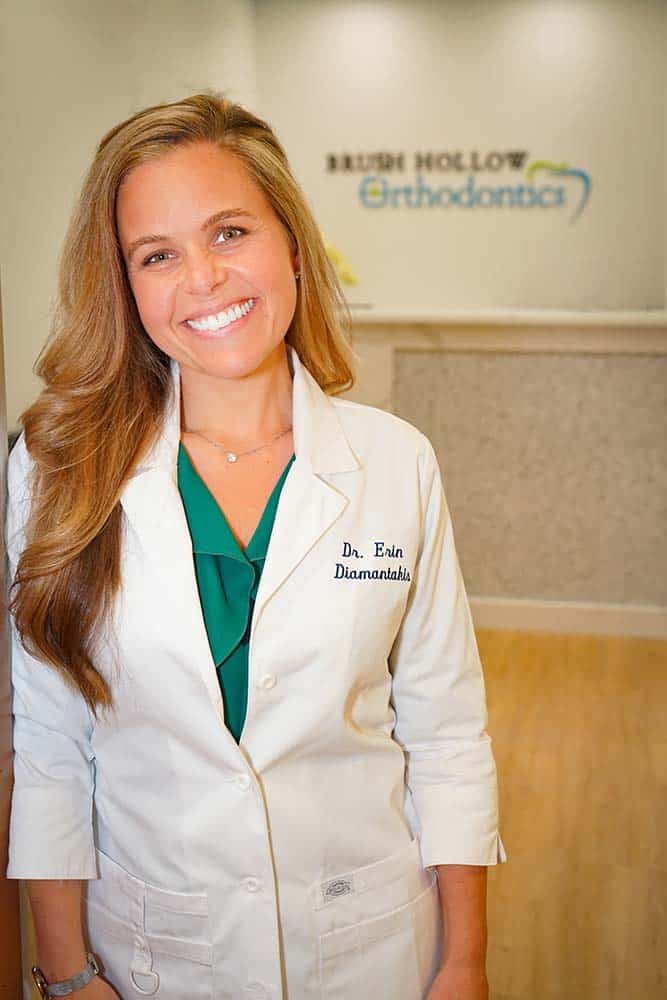
Cost of Ortho: Invisalign Versus Traditional Braces
Braces can cost an average of between $1,800 to $5,500, while Invisalign runs between $3,000 and $5,000. While traditional metal braces can be cheaper in some situations, the two treatments may be comparable in cost for many. Various factors can cause pricing to fluctuate, such as the extent to which the teeth need to be straightened and any extenuating issues that add complexity.
Advantages and Disadvantages of Invisalign
Clear aligners can be one of the most aesthetically pleasing options for straightening teeth and provide a nearly invisible option for those with concerns about wearing braces. They can even be removed while eating and cleaning the teeth, though they should be worn for approximately 22 hours a day for the best results.
Many patients prefer the custom-molded mouthpieces from Invisalign based on their age, lifestyle, and the level of correction that they’re seeking. The gradual pressure of the molds helps to guide teeth into their final position and is considered the most discrete style when aligning teeth. The ease of brushing and flossing is also a major benefit of Invisalign, as patients will have full access to their teeth and oral cavity.
Invisalign won’t always work for more complex corrections, as they don’t provide the same force as traditional metal braces in some cases. This treatment option is commonly used by those who need only minor straightening. A certain level of discipline is required to see the best results from Invisalign. Though they can be removed, they should be promptly reinserted after eating or drinking anything other than water.
Advantages and Disadvantages of Traditional Braces
Traditional braces are a longstanding and effective way of straightening a smile and correcting a bite. While many have heard horror stories about painful metal braces, advancements in technology have enabled them to be more comfortable than ever.
The benefits of traditional braces include correcting misalignment and being durable enough to handle even the most complex of cases. Metal braces can make corrections that Invisalign can’t, which gives them an edge in some cases.
Unlike Invisalign, traditional braces are not removable. Certain foods are ideally avoided while wearing braces, such as sticky candy, crunchy items such as popcorn and chips, and excessively chewy foods like bagels. These items can become lodged in the braces and are difficult to fully remove.
Which Treatment Option is Best for You?
When determining whether Invisalign or traditional braces are right for you or your child, consulting with your dentist is the best course of action. Your doctor can listen to your goals, concerns, and even financial constraints to help you decide between the two.
Dr. Erin Diamantakis is experienced in both treatments and can provide individualized advice and professional recommendations during a consultation. Brush Hollow Orthodontics in Westbury, NY strives to help each patient achieve their dream smile and is excited to welcome you on the journey!

